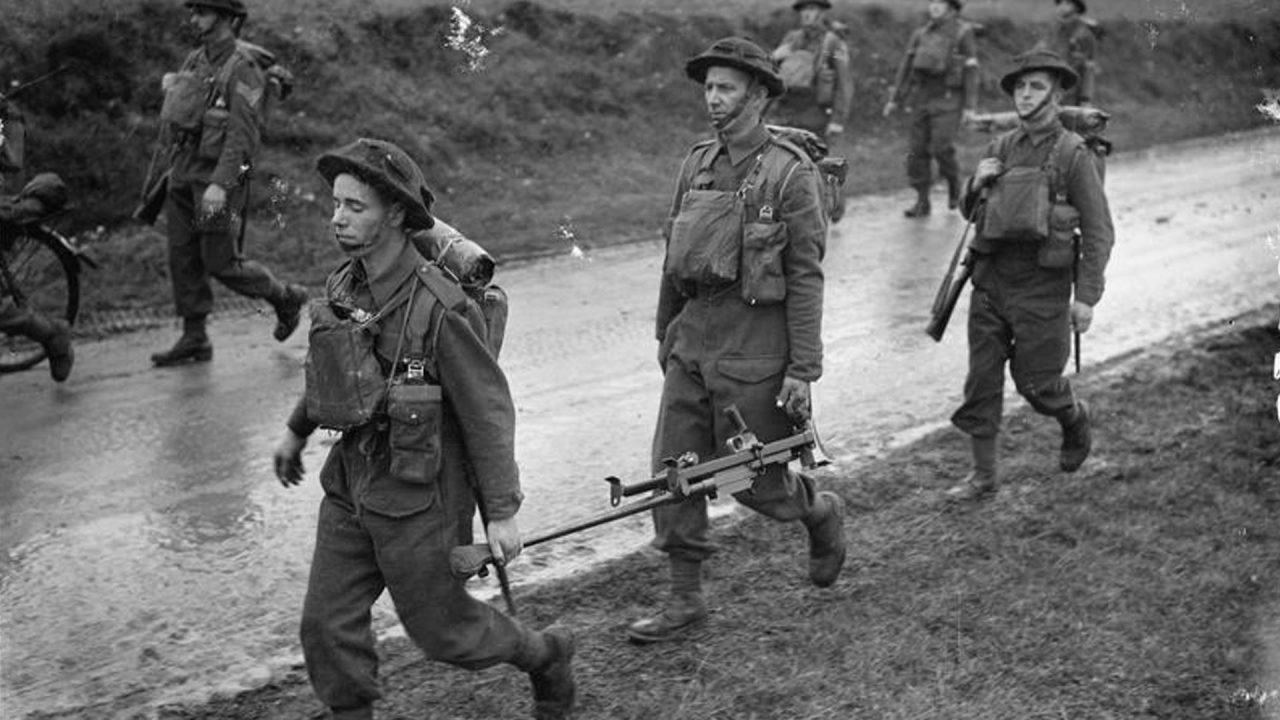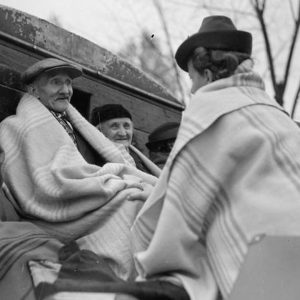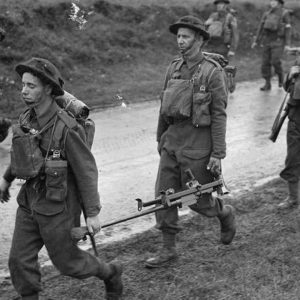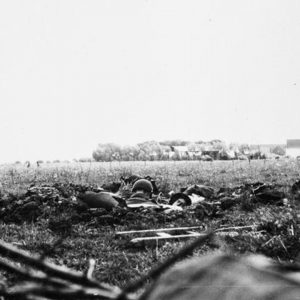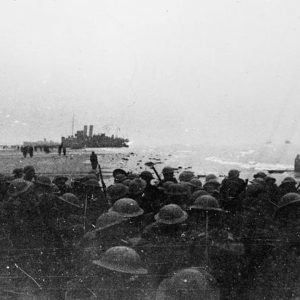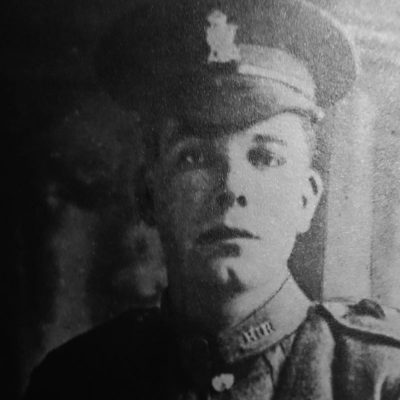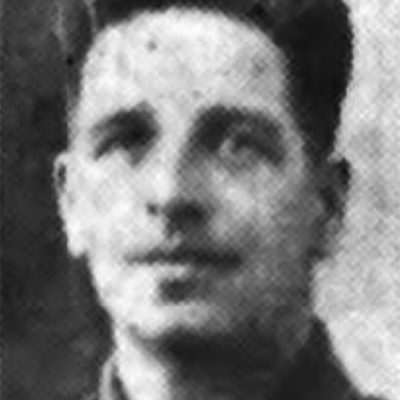The evacuation of Dunkirk, codenamed Operation Dynamo saw the rescue of large numbers of Allied soldiers. Between 26th May 1940 and 4th June 1940, 338,226 British, Belgian, and French troops made it safely to England.
During the 6-week long Battle of France, Wehrmacht forces trapped the Allied troops in a corner of Northern France. The British assembled a fleet of over 800 boats as soldiers gathered on the beach and on the harbour’s defensive mole. The Royal Navy supplied 39 Destroyers and the Royal Canadian Navy supplied 4 more. History remembers the “little ships”, the flotilla of merchant ships, fishing boats, pleasure craft, and privately owned yachts.
On 4th June 1940, Prime Minister Winston Churchill called the rescue a “miracle of deliverance”. He was, however, keen to emphasise this was not a victory. The British Expeditionary Force lost 68,000 men in northern France in 1940 and abandoned most of their tanks and vehicles. Churchill added “wars are not won by evacuations”, but the world would remember the miracle of the Dunkirk evacuations as one of the enduring stories of the Second World War.
Royal Navy Rescue
The famous "little ships" made up a small part of a fleet that included ships from both the Royal Navy and Merchant Navy. On board were many seaman with connections to Northern Ireland.
The British Expeditionary Force
Men from Ireland and Northern Ireland served in the British Expeditionary Force in 1940. Many of these men in the British Army evacuated from Dunkirk. Others never made it home.
Royal Air Force at Dunkirk
Invaluable air support from the Royal Air Force enabled the evacuation of thousands of men from the beaches in northern France. Among those taking to the air in support of the campaign were many with connections to Ulster.
